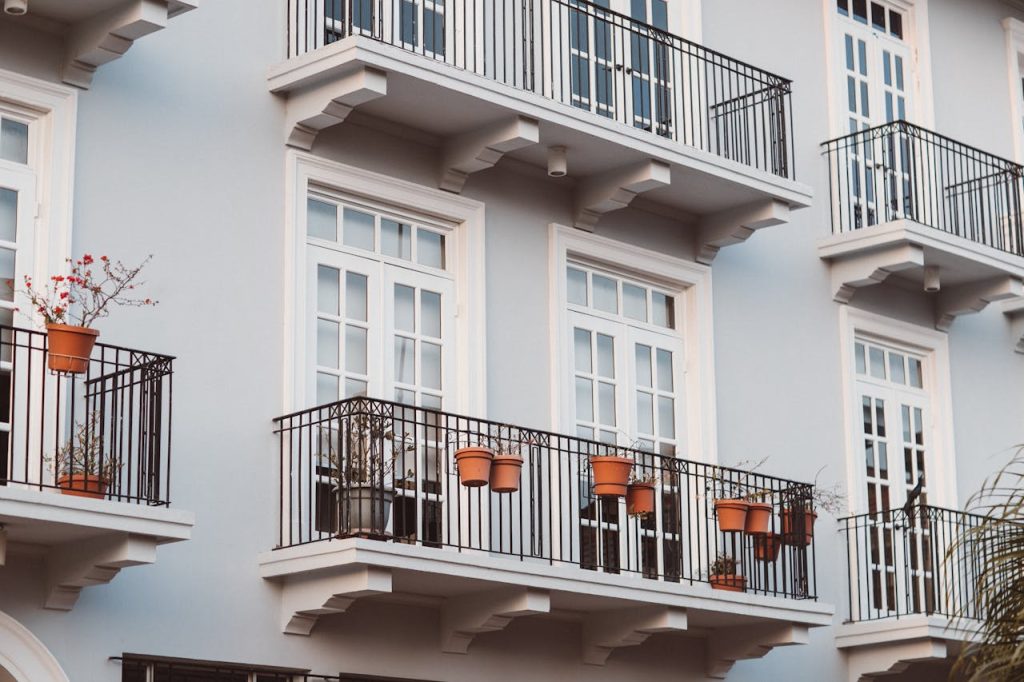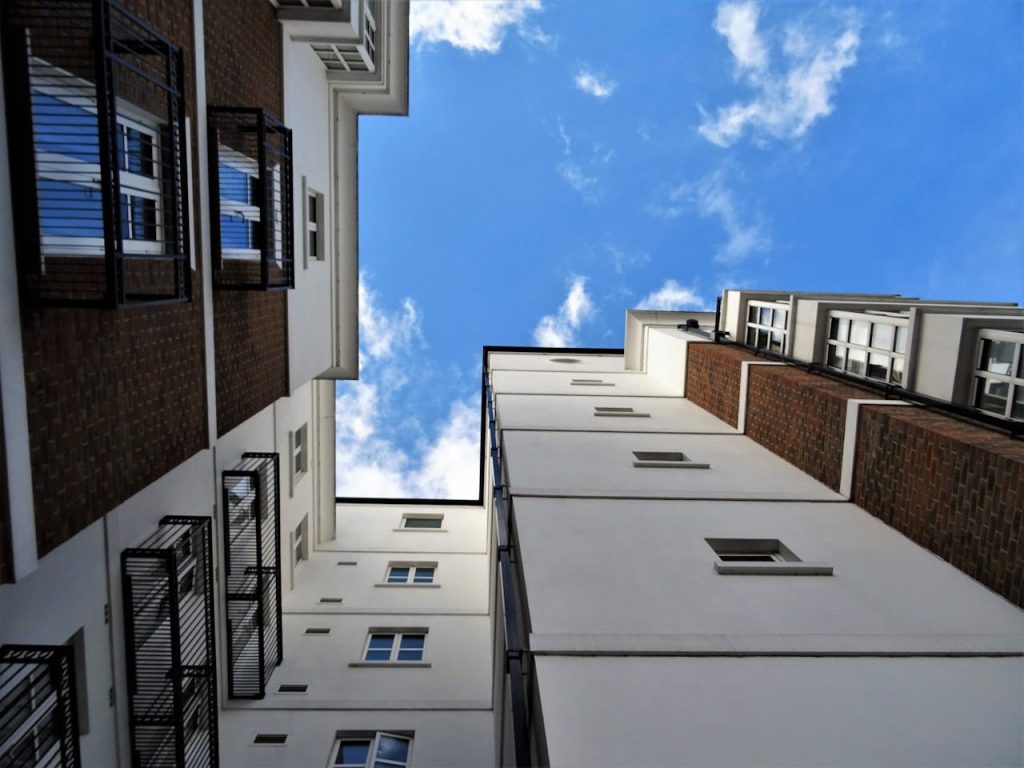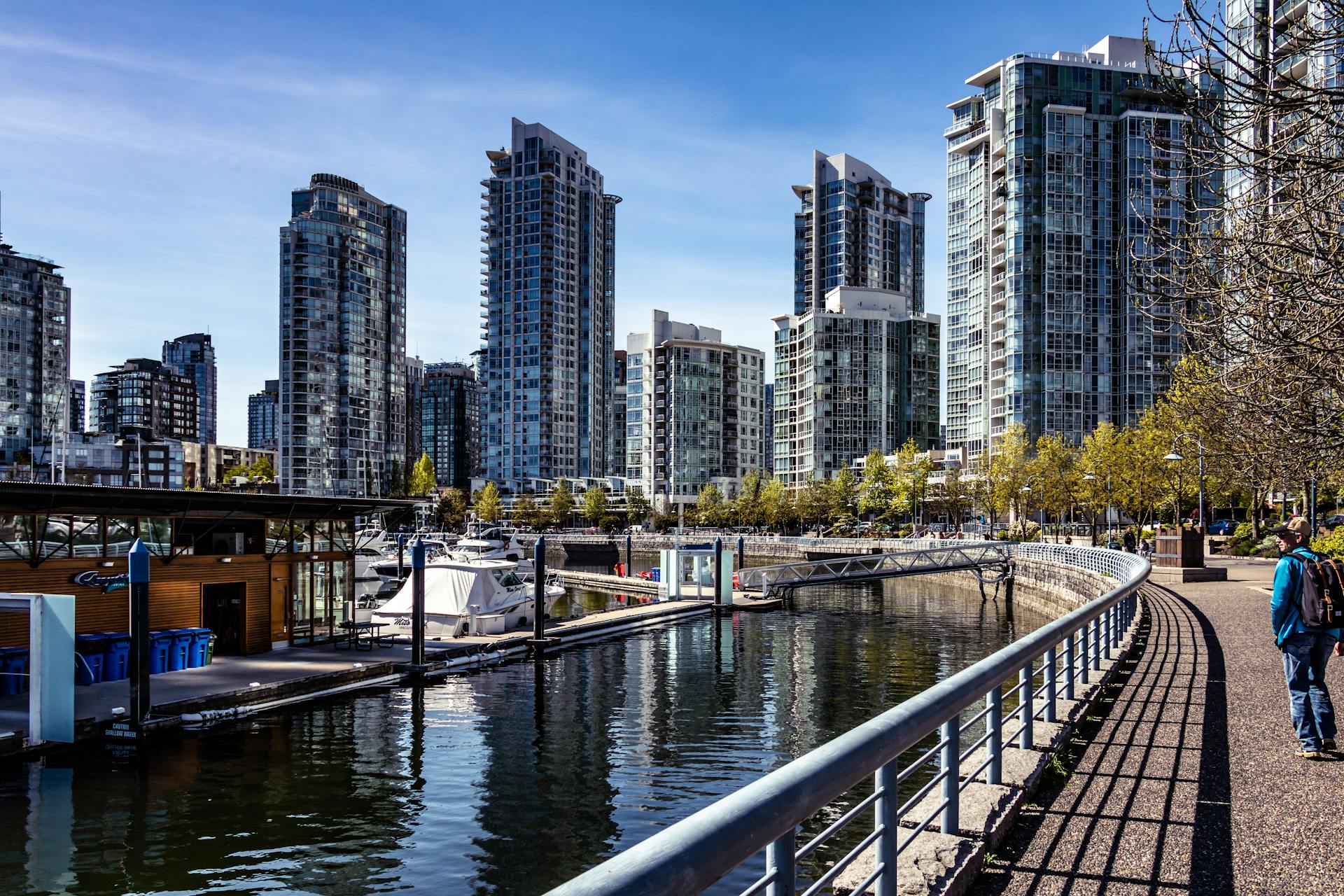Do you live in an apartment, condominium or townhome? Well, you’re not alone! Half of all people in British Columbia live in some form of multi-unit residential building.
When it comes to emergency preparedness, however, living in a multi-unit building can come with some unique challenges. While the fundamentals of emergency preparedness are the same wherever you live, storage space can be limited, emergency plans for the building itself may or may not exist, and there is heightened importance on collaborating with neighbours in your building.
If this describes your current living situation, then these five preparedness tips from PreparedBC are for you!
Tip #1 – Know what to expect during an emergency
Being prepared means knowing what emergency scenarios to prepare for. Structure fires and power outages can be common hazards for any multi-unit building, and earthquakes are also a reality in many areas of B.C.

Consider how you would respond in the following situations:
- Phone, gas, electric and water services may stop working for long periods of time
- Your building’s exits could be blocked, and alarms may be triggered
- You and the people you live with could be on your own for several days or weeks
- You could be required to evacuate on short notice
- It may be days to weeks before infrastructure, utilities and essential services are restored
The best way to prepare for these scenarios, as well as other common hazards in B.C., is to have an emergency plan and an emergency kit. This brings us to…
Tip #2 – Focus on your personal preparedness first
Make an emergency plan using PreparedBC’s interactive Emergency Ready Plan or fill-in-the-blanks home emergency plan (PDF, 910KB). Think about things like how you’ll communicate in an emergency, where to get trusted information, and ways you can recover after an emergency by accessing your insurance.
It is also important to build a home emergency kit for sheltering in place during situations like power outages and earthquakes, as well as grab-and-go bags for when you need to evacuate quickly. Storage space can be tight in apartments and condos. Consider discussing with your neighbours a central storage space for communal emergency items like water and blankets. Talk to your neighbours and strata about investing in a large water tank to save space in units.

Tip #3 – Reach out to others in your building
Having a personal emergency plan is a great start, but ideally, when you live in a multi-unit residential building, a complex-wide emergency plan should be in place.
Some ideas to consider:
- Talk to your landlord, building manager, or strata corporation and encourage them to create a complex-wide plan
- Reach out to your neighbours by organizing a get-together to identify a few preparedness champions and present your preparedness ideas. The get-together will also help you identify residents who may have unique needs and could use extra help in the event of an emergency
- If you live in a building or complex that is run by a strata corporation or organizes around a residents association, use their meeting times to talk about preparedness. Read more about handling emergencies in strata corporations
Tip #4 – Assign roles and receive training
It can be difficult to think clearly during and immediately after a disaster. Assigning responsibilities in advance will enable a more coordinated response.
To be better prepared, you and your neighbours, building managers, strata council members and building staff should consider safety-related training such as:
- First Aid / CPR
- Rapid Damage Assessment
- Light Search and Rescue
- Personal Emergency Preparedness
If your building is operated by a society or as a co-op, ask your building manager to speak with the Non-Profit Portfolio Manager (NPPM) at BC Housing, or visit www.bchousing.org for more information.
Your First Nation, municipality or regional district’s Emergency Management Program can also help answer questions and provide tools and tips.
Tip #5 – Keep the momentum going!
Once you have emergency plans in place for yourself and for your building, maintain the momentum by staying in contact with your neighbours. If possible, ask to be on the agenda at your next annual general meeting (AGM) or organize a social event to get to know your neighbours better.
Identify someone who will be responsible for organizing a get-together each year to review and update your building’s emergency plan. You could change hosts each year if you like.
In addition, you should also review your insurance and refresh your emergency supplies at least once a year. Over time, your insurance needs may change and canned food does expire. Identify a consistent date to stay on top of things.
You can do it!
Living in an apartment, condo or townhome comes with unique considerations when planning for emergencies, but it is achievable if you take it step-by-step.
Prepared buildings and neighbourhoods – whether a street, cul-de-sac, or apartment floor – are resilient. When you’re in it together, you’re stronger.
For more information on how to get prepared, check out the PreparedBC Guide for Apartments, Condos and Townhomes (PDF, 2.4MB). It is available in the following languages:

